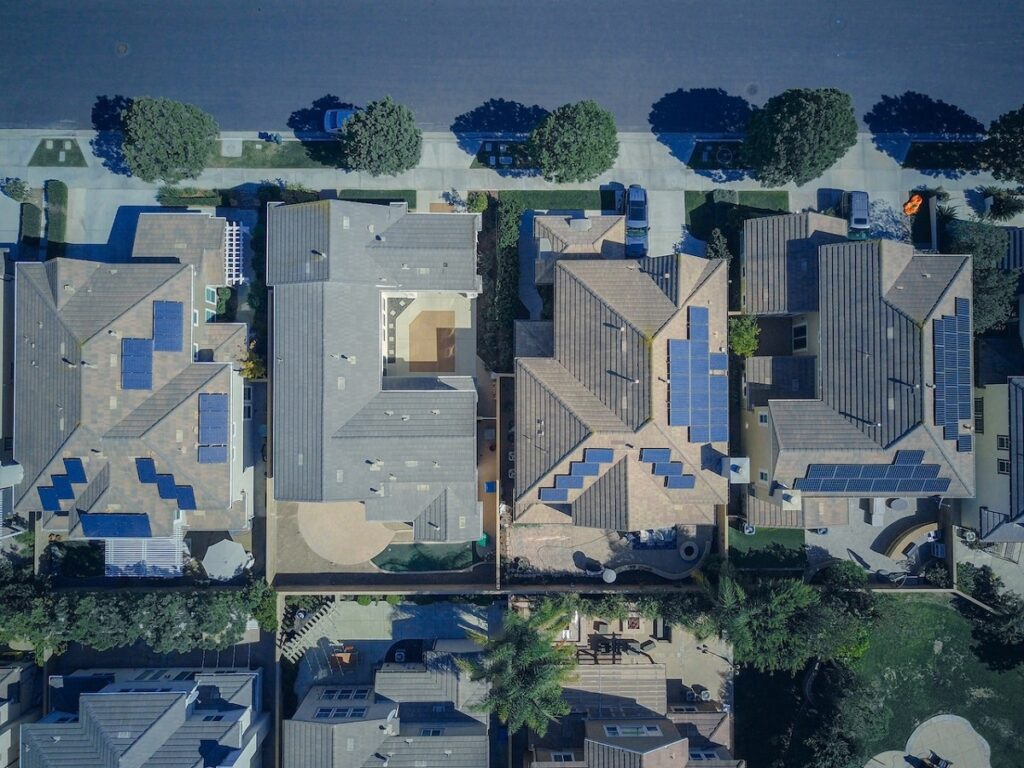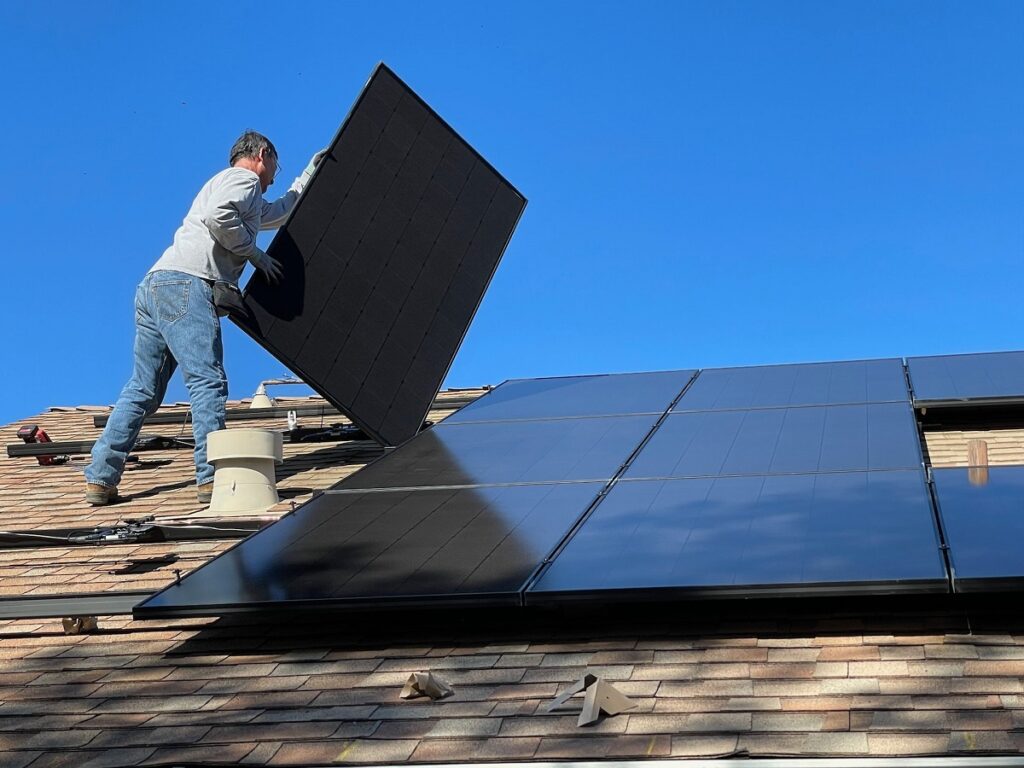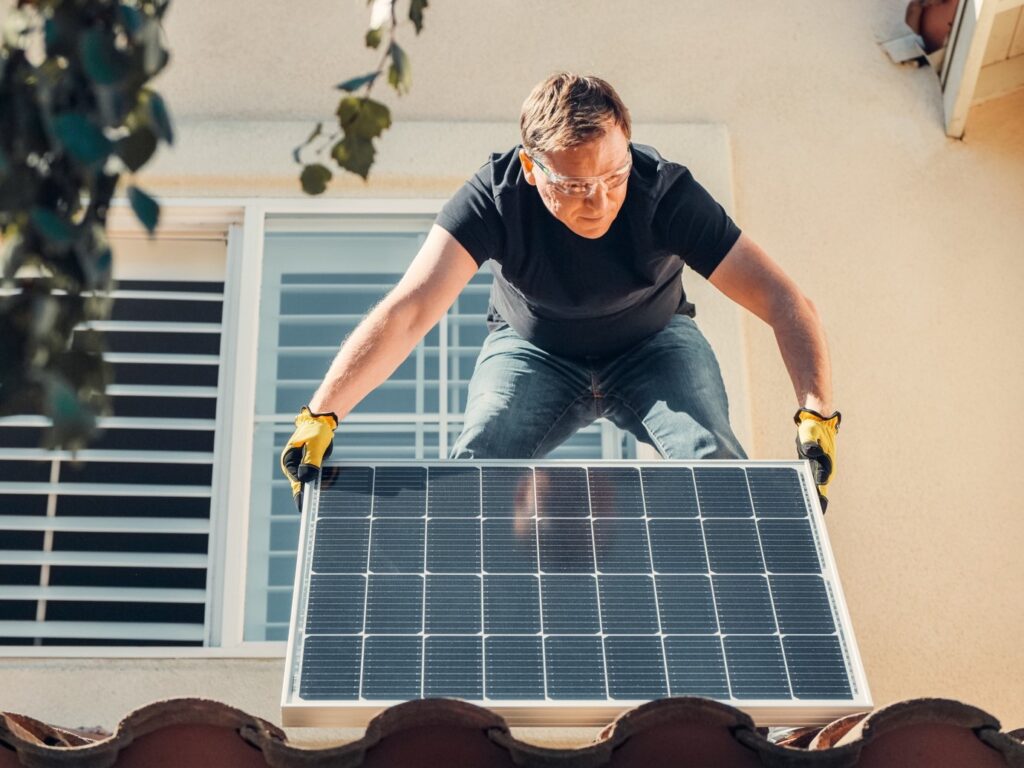Lots of customers ask about battery storage for solar power, but not many have a clear idea of how much battery capacity they need. This article takes a look at the factors that come into play when considering how to choose the right amount of battery capacity for your solar-plus-storage system.
Note that this article focuses on energy independence and not cost-effectiveness or the investment-worthiness of battery storage as an investment.
How much energy independence do you want?
The amount of battery storage that is right for your home depends first and foremost on your goals and budget. For many homes, energy independence is nearly as important a goal as saving money.
We recommend thinking about your battery storage goals in terms of levels of energy independence.
The list below presents the most popular uses of energy storage, sorted in descending order from greatest degree of energy independence to lowest degree of energy independence.
- 100% energy independence (literally ‘off-grid’): Install enough solar, energy storage and other technology (small-scale wind, generator, etc) to meet all of your electricity needs. In this case you’ll need to install enough capacity to last you several days because you won’t have the grid to back you up.While this may be a popular aspiration, taking your home or business off-grid is more often than not financially impracticable or just not possible to do with solar-plus-storage alone (especially if you have limited roof space for panels).
- High energy independence (winter self-sufficiency, summertime surplus): Install enough solar and battery storage to get you through the average winter’s day without having to rely on the electricity grid (even though you’re still connected).You’ll produce excess solar power to export to the grid during the summer and will have enough to get you through the shortest winter’s day. You will likely have to rely on the grid as a backup if there is a multi-day spate of bad weather during which your solar panels haven’t managed fill up your battery bank.
- Summertime independence (grid reliance in winter): Install enough solar and battery storage capacity to get you through the average summer’s day. During the winter (and possibly autumn and spring) you’ll have to draw power from the grid to meet deficits.
- Peak time independence: Install a system large enough to cover your electricity usage when grid electricity is most expensive.
If you’re on a time-of-use (TOU) billing agreement with your electricity retailer, you’ll pay more for electricity from the grid during peak and shoulder times, so it would be in your best financial interest to reduce your reliance on the grid during these periods.(Please also note that some homes may actually use more electricity during the winter months – particularly those with electric heating.) - Reduced grid reliance during peak times: If you can’t afford to install enough energy storage to cover your peak time usage, you can still install enough to at least reduce your grid reliance during these periods.
- Energy storage as emergency backup: Install a small energy storage system to be used mainly in the event of a short power outage. (Note that battery backup functionality can also be found as an option in many grid-connect solar+battery systems.)
What other factors do you need to consider in sizing your energy storage system?
Choosing the right energy storage system capacity can be significantly more complicated and subjective than deciding on the right solar PV system size – mainly because of the greater number of variables involved. The factors involved include:
- Desired degree of energy independence (as discussed above).
- The amount of electricity you use: If your electricity consumption level is low (under 20kWh/day), it will be easier and more affordable to install a solar-plus-storage system that will meet your daily needs. If your usage is higher, the outlay for a system that will meet your daily needs will also be more substantial; you may wish to look at ways to reduce your electricity consumption, or consider a lower degree of energy independence.
- Your electricity usage pattern: According to the analysts at Sunwiz, there are five basic residential electricity usage patterns in Australia: 1) ‘Double Peak’, 2) Evening Peak, 3) High Day & Evenings, 4) Day Focus and 5) Night Focus. Examples of these patterns can be seen in the graph below; they are also discussed in further detail in this article.

- The size of your solar PV system: If you have a preexisting solar system onto which you’re planning on retrofitting energy storage, this will weigh heavily on how much storage capacity you can or should get. If, for example, you are currently exporting lots of solar to the grid at low feed-in tariff rates, you may want a larger amount of storage capacity to capture it.If, on the other hand, you’re installing a new-build solar system, it’s usually the wisest move financially to make sure it only produces enough electricity to meet only your daytime electricity demand and have a small energy storage system to capture any excess that would otherwise be ‘wasted’ on grid export.However, if greater energy independence is your goal, oversizing the solar system and installing a large battery bank is an option – and may even stack up financially, especially if you’re on TOU metering.
- The orientation of your roof/solar panels: North-facing solar panels will generate more power than east or west-facing panels, but a west-facing array will generally do a better job of meeting your household’s electricity demand during peak & shoulder times. (You may even wish to consider installing solar on your south-facing roof if that’s all you have available.)
Read more on Solar PV Systems
Source:Solar Choice


